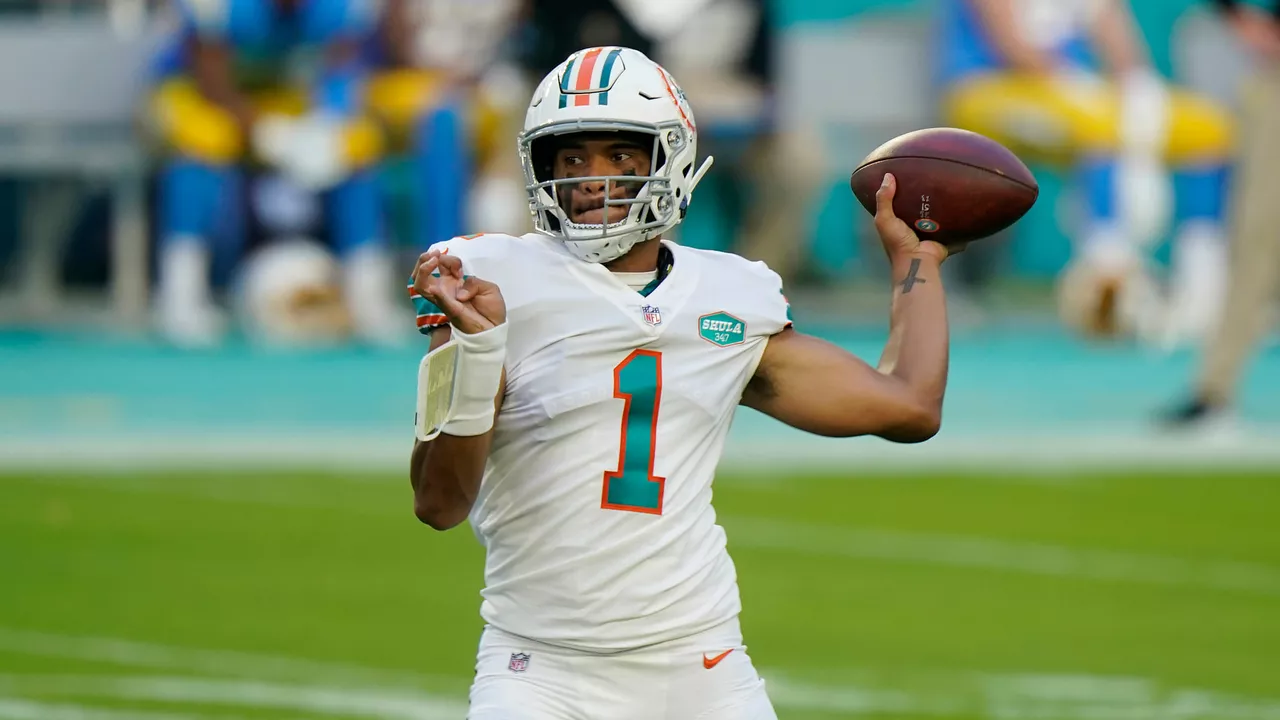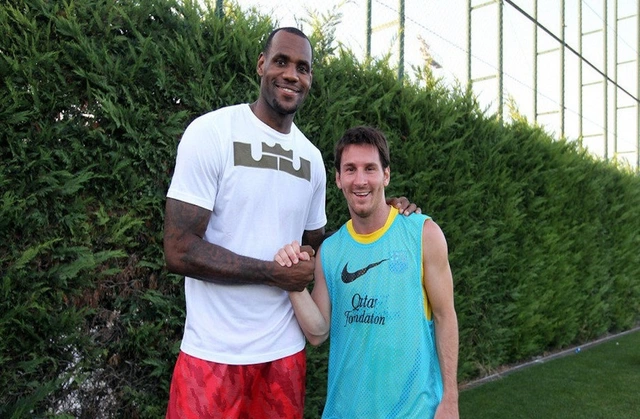Player Statistics – Guides, Metrics and Insights
When you talk about player statistics, the data that records an athlete’s actions, results and physical output during competition and practice. Also known as athlete stats, it gives coaches, fans and analysts a common language to compare performances across leagues and eras. Player statistics encompasses every measurable detail—from goals and assists to distance covered and heart rate spikes. By turning raw numbers into meaningful stories, it helps identify talent, track improvement and spot tactical trends. In short, without solid stats, any discussion about a player’s value stays vague.
Enter sports analytics, the discipline that applies statistical methods and technology to extract insights from player statistics and game events. Also called sports data science, it bridges raw numbers and strategic decisions. Sports analytics requires reliable data collection tools, such as GPS trackers, video tagging software and biometric sensors. The process transforms chaotic match footage into clean datasets that can be queried and modeled. Because player statistics needs accurate inputs, sports analytics directly feeds the numbers that appear on scoreboards and scouting reports. This link shows how player statistics requires data collection tools to be useful.
One of the core outputs of this workflow is performance metrics, standardized figures that quantify specific aspects of an athlete’s game, like shooting accuracy, sprint speed or defensive duels won. Often referred to as key performance indicators (KPIs), these metrics let you compare players on equal footing. In football, a striker’s goal conversion ratio, a midfielder’s pass completion rate, and a defender’s tackle success are all performance metrics. In basketball, points per game, player efficiency rating and rebound percentage serve the same purpose. Sports analytics influences performance metrics by providing the algorithms that calculate them, ensuring each figure reflects real‑world actions rather than guesswork.
Numbers alone can still be hard to digest, which is why data visualization, the graphical representation of player statistics using charts, heat maps and interactive dashboards matters. Also known as sports visual analytics, it turns rows of figures into pictures the human brain reads instantly. Heat maps show where a footballer runs most, shot charts reveal a shooter’s hot zones, and radar charts compare a player’s skill set side by side. Data visualization enables insights from player statistics, allowing coaches to spot patterns that raw tables hide. When a coach sees a midfielder’s passing lanes light up on a map, they can adjust tactics in real time.
All these pieces feed into larger decisions like team strategy and scouting. Coaches use player statistics and performance metrics to design game plans that exploit opponent weaknesses. Scouts rely on the same data to rate prospects, projecting future value based on trends seen in past seasons. The more accurate the sports analytics and data visualization, the clearer the picture of a player’s potential impact. This ecosystem creates a feedback loop: better stats lead to smarter strategies, which in turn generate more data to refine the metrics. It’s a cycle that has reshaped how clubs operate at every level.
Now that you understand how player statistics fit together with analytics, metrics and visual tools, you’re ready to dive into the articles below. The collection covers everything from simple stat tracking tips to deep‑dive analyses of recent matches, so you’ll find practical advice no matter your experience level. Browse the list to see how real‑world examples apply the concepts we just covered, and pick up new ideas you can test with your own team or favorite sport.
How many Asians are playing in the NFL?

As an NFL enthusiast, I've noticed a gradual increase in the number of Asian players in the league over the years. Although the numbers aren't as high as other ethnic groups, the presence of Asians in the NFL is undeniably growing. This includes players of Asian descent, mixed heritage or those born in Asia. Their representation in the NFL is important as it promotes diversity in the sport. It's great to see the NFL becoming more inclusive and I look forward to seeing even more Asian players make their mark in the league.
Categories
RECENT POSTS
Who is more famous, Lionel Messi or LeBron James?
Lionel Messi and LeBron James are two of the most famous athletes in the world. Messi is widely regarded as one of the greatest soccer players of all time, while James is a four-time NBA Champion with the Los Angeles Lakers. Both have legions of fans across the globe, but who is more famous? It's difficult to say definitively, but Messi likely has the edge. He has won the Ballon d'Or for the world's best player an incredible six times, and he has helped Barcelona become one of the most successful teams in club soccer history. Meanwhile, James' popularity has waxed and waned over the years, and he is still chasing Michael Jordan's legacy in the NBA. Ultimately, Messi's sustained success on the pitch and global fan base make him the more famous of the two.
Why is the LA Lakers-Boston Celtics rivalry the best in sports?
The LA Lakers and Boston Celtics have a storied rivalry that dates back to the 1960s. The two teams have met in the NBA finals 12 times, with the Lakers winning nine of those matchups. The rivalry is not just based on the number of championships won, but also on the personal battles between the teams' stars. The Lakers and Celtics have featured some of the greatest players in NBA history, such as Magic Johnson, Larry Bird, Kobe Bryant, and Kevin Garnett. The Lakers and Celtics continue to battle for supremacy in the NBA, and their storied rivalry is regarded as the best in sports.
Escort Services in Dubai: Reality vs. Myth
Escort services in Dubai are often misunderstood. Behind the myths of glamour and allure lies a complex reality of survival, boundaries, and human dignity. Here’s what actually happens.
Storm Claudia Floods Monmouth, Wales, Closing Roads and Schools Amid Emergency Operations
Storm Claudia triggered severe flooding in Monmouth, Wales, forcing school closures and road shutdowns as Monmouthshire County Council warned residents to avoid the town. Aerial footage confirmed the town was underwater, with landslides and bridge failures complicating emergency response.
Greta Thunberg alleges abuse as Israel deports Gaza aid activists
Activists from the Global Sumud Flotilla were deported to Istanbul on Oct 5, 2025, with allegations that Greta Thunberg suffered mistreatment in Israeli custody, heightening tensions over Gaza's blockade.




